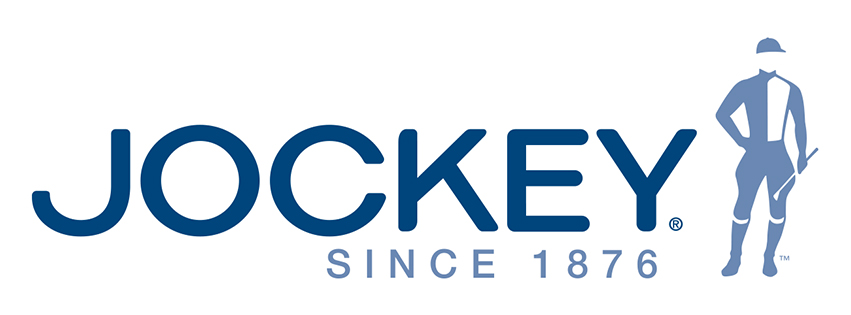At the end of 2015, Tom Napper had a problem.
Jockey, the 140-year-old apparel brand, had recently hired him to oversee advertising and integrated marketing. But Napper had little to work with. The company’s CMO had recently departed. His skeleton team consisted of three people: a social media strategist, a public relations manager, and a content editor (who would depart the team just two months later). And his marketing budget had dissolved. All that remained were a few dollars for social media advertising.
“What else could we do in marketing with no money?” Napper, Director, Advertising and Integrated Marketing Communications, remembers asking himself.
He surveyed the promotional channels at his disposal and landed on Jockey’s blog, which the marketing team updated sporadically.
“I saw a huge opportunity,” Napper says. “If we could create content for the blog and social media that would drive up organic search around key terms, that would be a win.”

Napper and his scrappy team began experimenting with content creation. Because they were so lean, they didn’t adhere to a strict schedule. They put up posts whenever they were able to write them, often going for broad appeal and tying pieces to timely events.
“We tried publishing content around what to wear on New Year’s,” Napper says. “We knew it would do well, but we were shocked at just how well it did. That made us think, ‘We need to find better ways to write articles.’”
At the time, Napper and team were evaluating pageviews and sessions. They looked at click-through and engagement rates for the blog posts they promoted on social.
From those metrics alone, Napper could see what a central role content could play in his overall strategy: In addition to improving organic search, blog posts could potentially attract and engage people until they become customers.
“The goal was to gain a larger audience by publishing interesting content,” Napper says.
He came up with a working hypothesis: Interesting blog posts would infuse life into Jockey’s social channels. That energy would translate into a larger audience through likes and followers. And by engaging that audience, Jockey would eventually convert some to being customers.
“We knew that our conversion rate was .2-.3%,” Napper says. “If we created more followers or increased our audience to, say, one million, that .2 or .3% conversion rate of one million would be pretty good.”
They looked at what images drew high engagement on Instagram and compared how those same images did on Facebook.
“We figured, let’s try pictures of men in underwear – that is, beefcake – and is that successful or a flash in the pan?” Napper says. “Those early steps got us to a point that for social, instead of trying to be pithy or have a conversation, we needed to offer really interesting content. If people are going to be on Facebook, what content will get them to waste their time with us?”
Napper and his team soon realized they needed additional resources. Without them, publishing daily content was impossible. They experimented with using blog services to write posts, but found that managing writers was too time-consuming, and those pieces didn’t perform well enough to justify the cost.
One solution came in the form of licensing third-party content from NewsCred.
Napper admits that he was extremely skeptical about using articles from other publishers.
“I was like, ‘Baloney! People only want to read our original content,’” Napper says.
But through conversations with NewsCred, he was able to picture how using licensed content could build Jockey as a lifestyle brand that would appeal to its target audience: men and women in their late-30s and early-40s.
“NewsCred came to us with the idea that Jockey is about connecting people with people,” says Napper. “What we need to think about is people…
COMMENTS